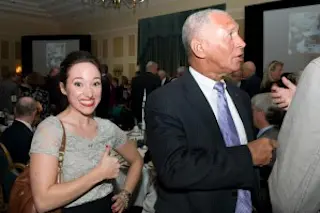With every President comes a new NASA administrator, and the current admin, Jim Bridenstine, has raised a number of eyebrows. The strongest reaction to Bridenstine’s appointment comes from his lack of a science background, though more recent reports say he has changed his mind on climate change and does believe humans are responsible and can curb the effects we’re having on the planet. Nevertheless, the immediate knee-jerk reaction I saw from the space community raised the question is of whether a scientist is really the right person to run NASA.
To answer this question, we have to start by taking a quick look at past administrators and their backgrounds. Head’s up — this is going to be a very cursory look but each Administrator’s name is linked to their bio if you want to read a little more. And if you’d rather listen to this discussion while you go about ...














